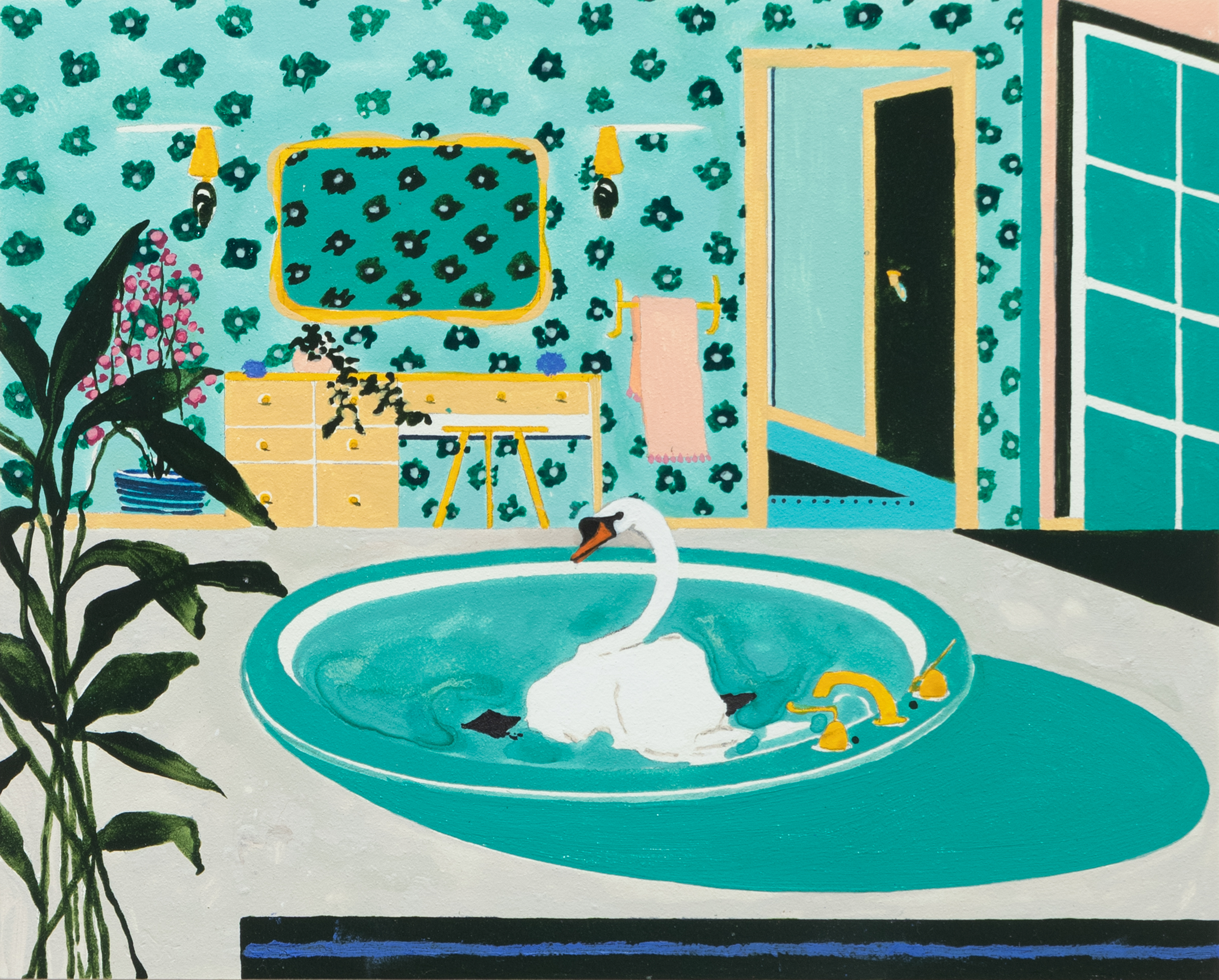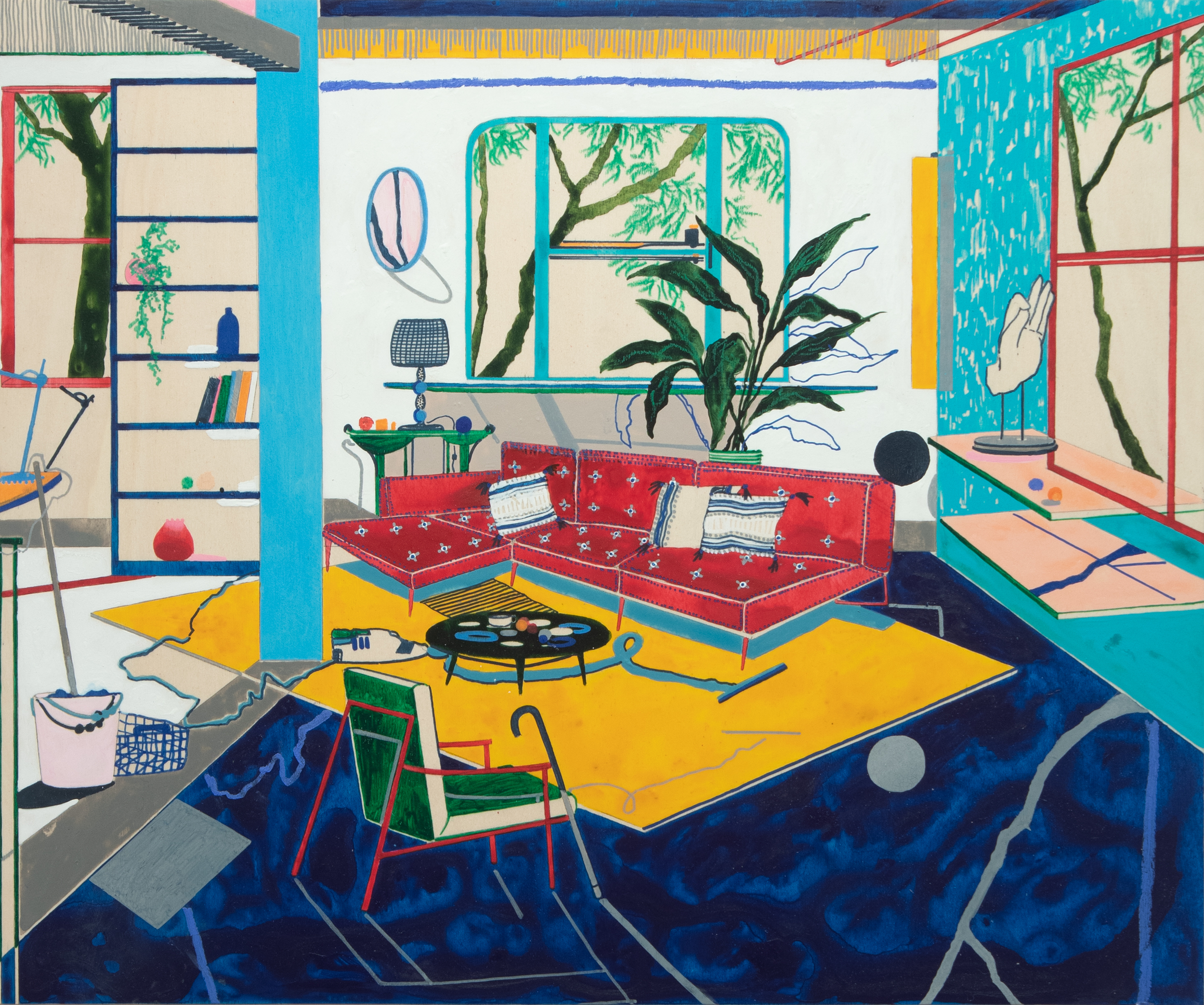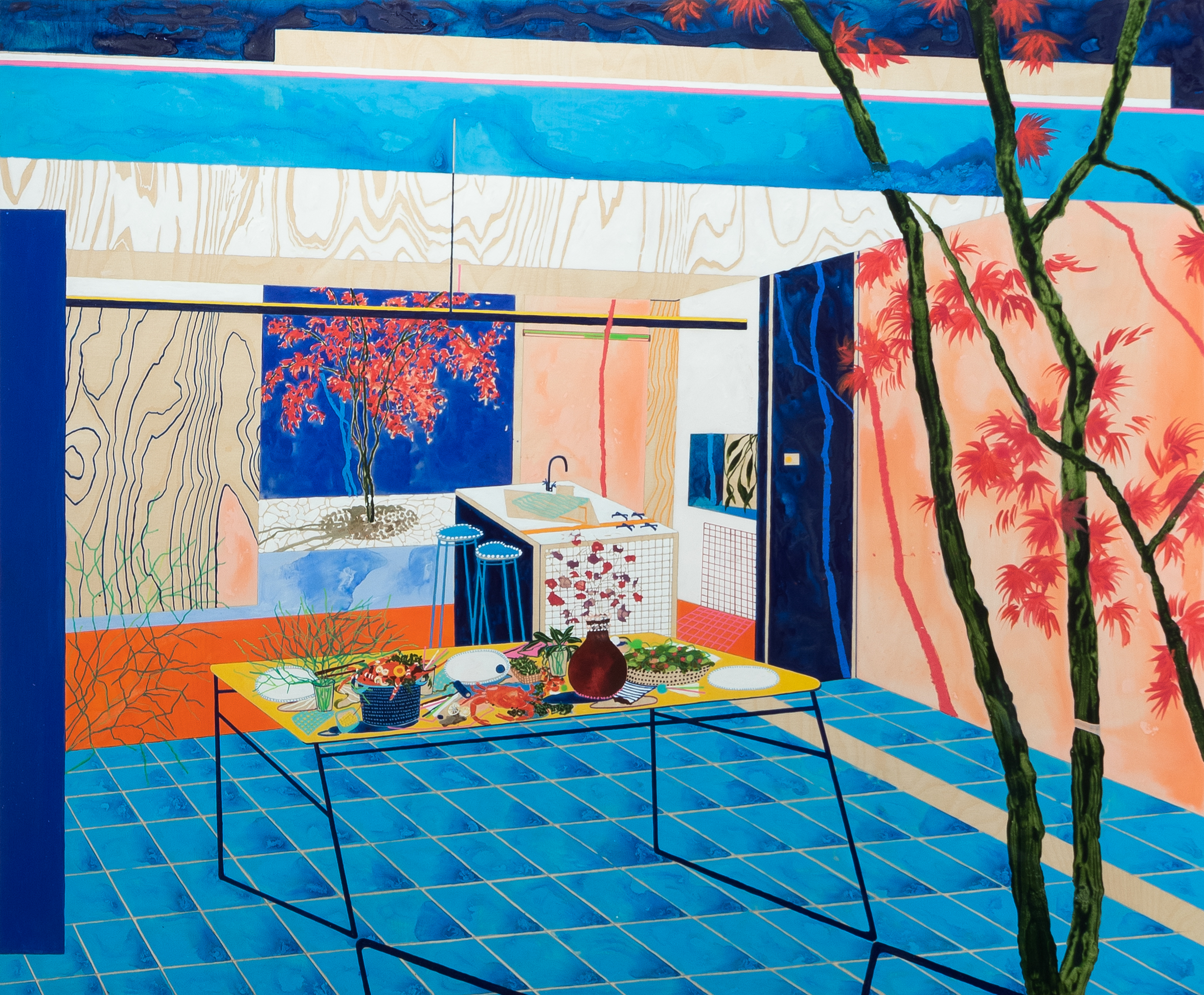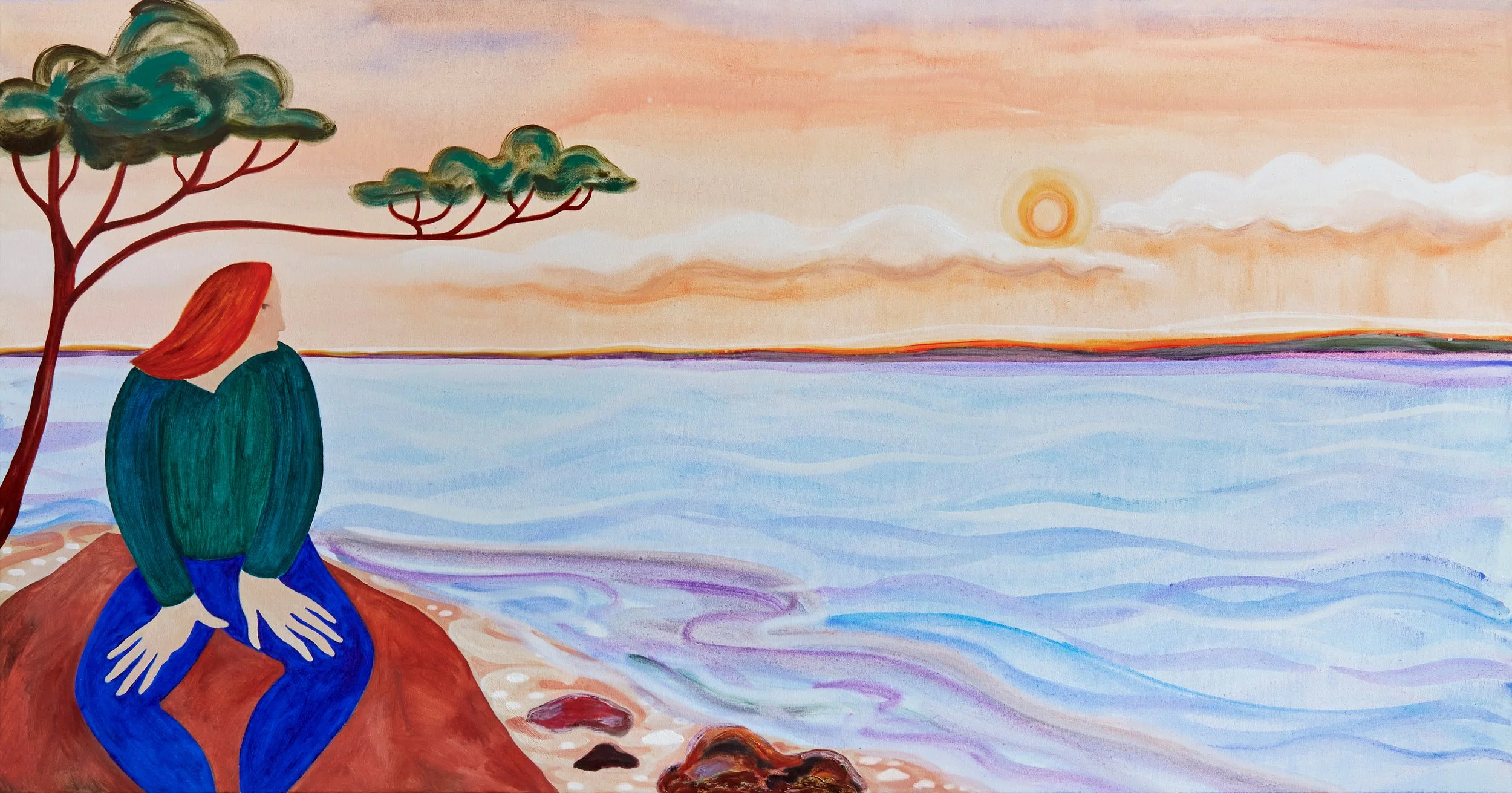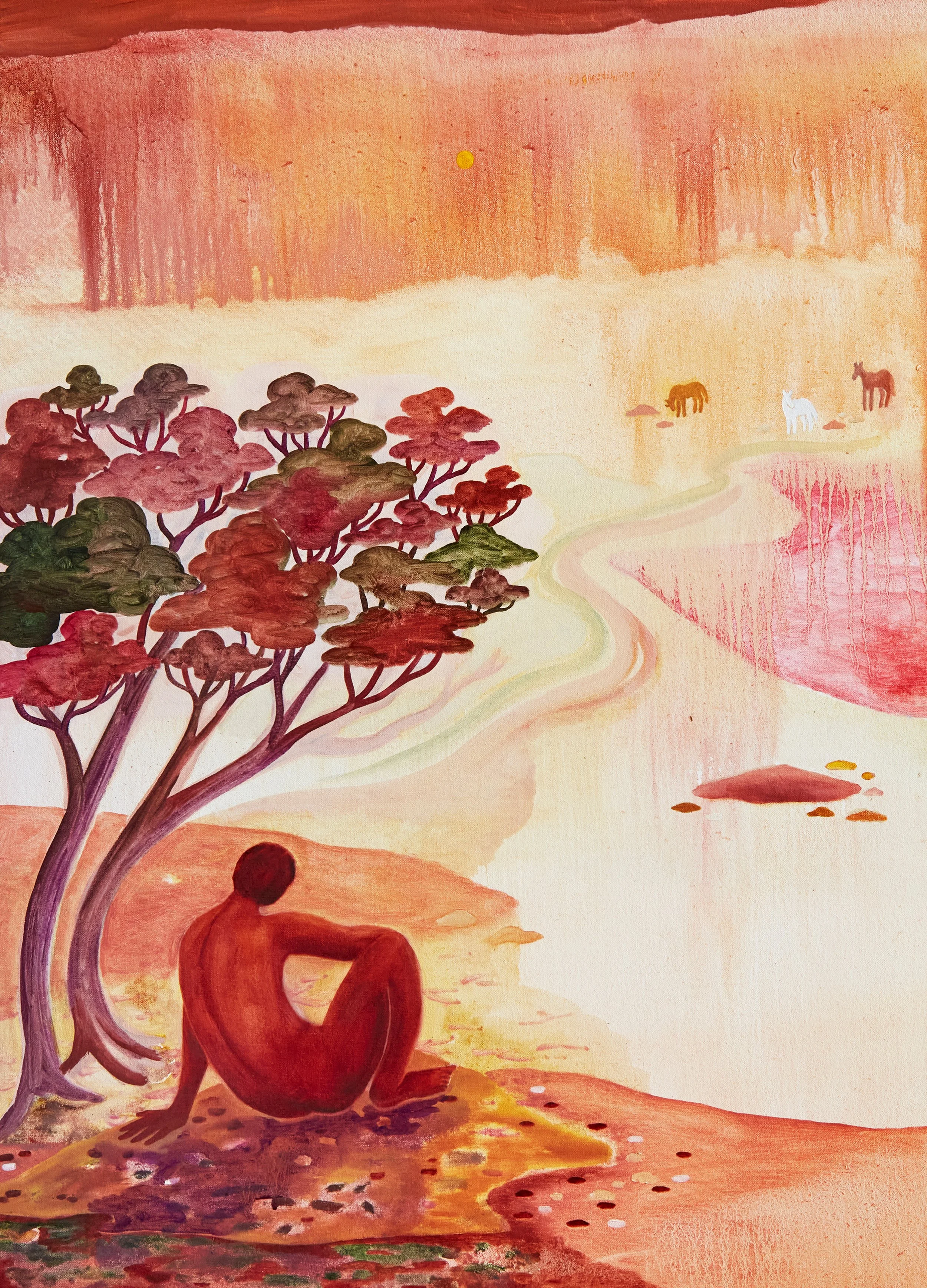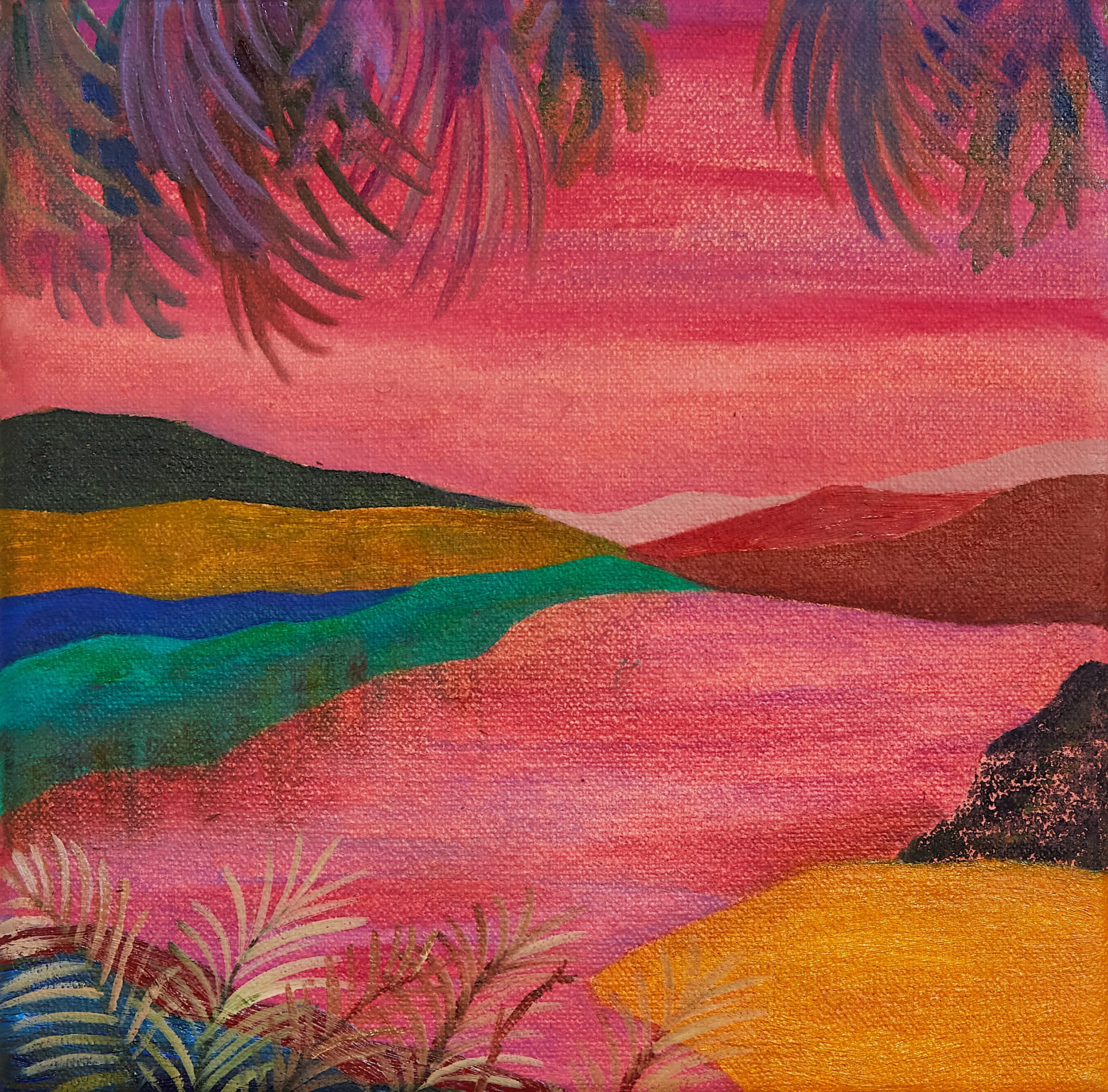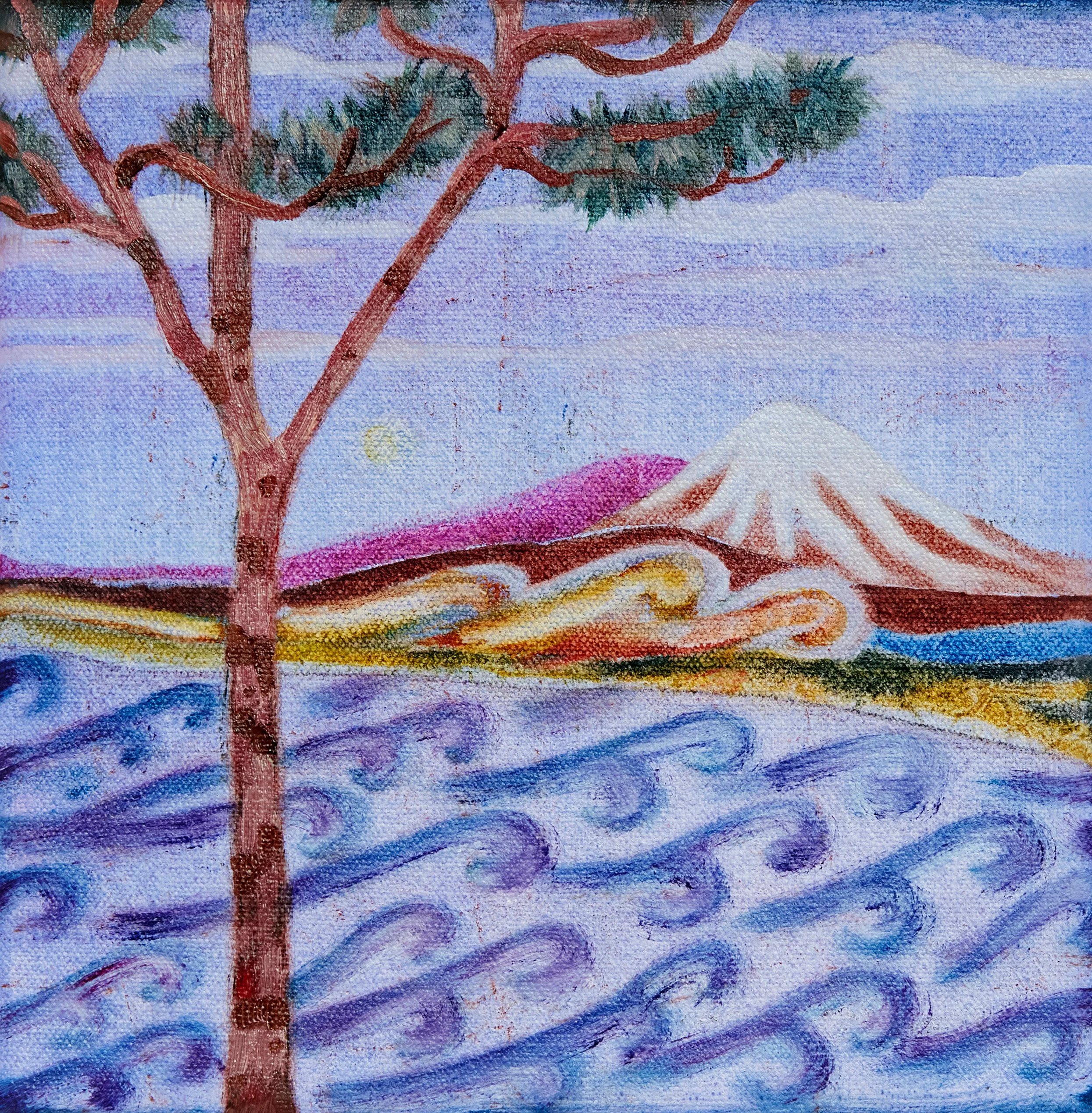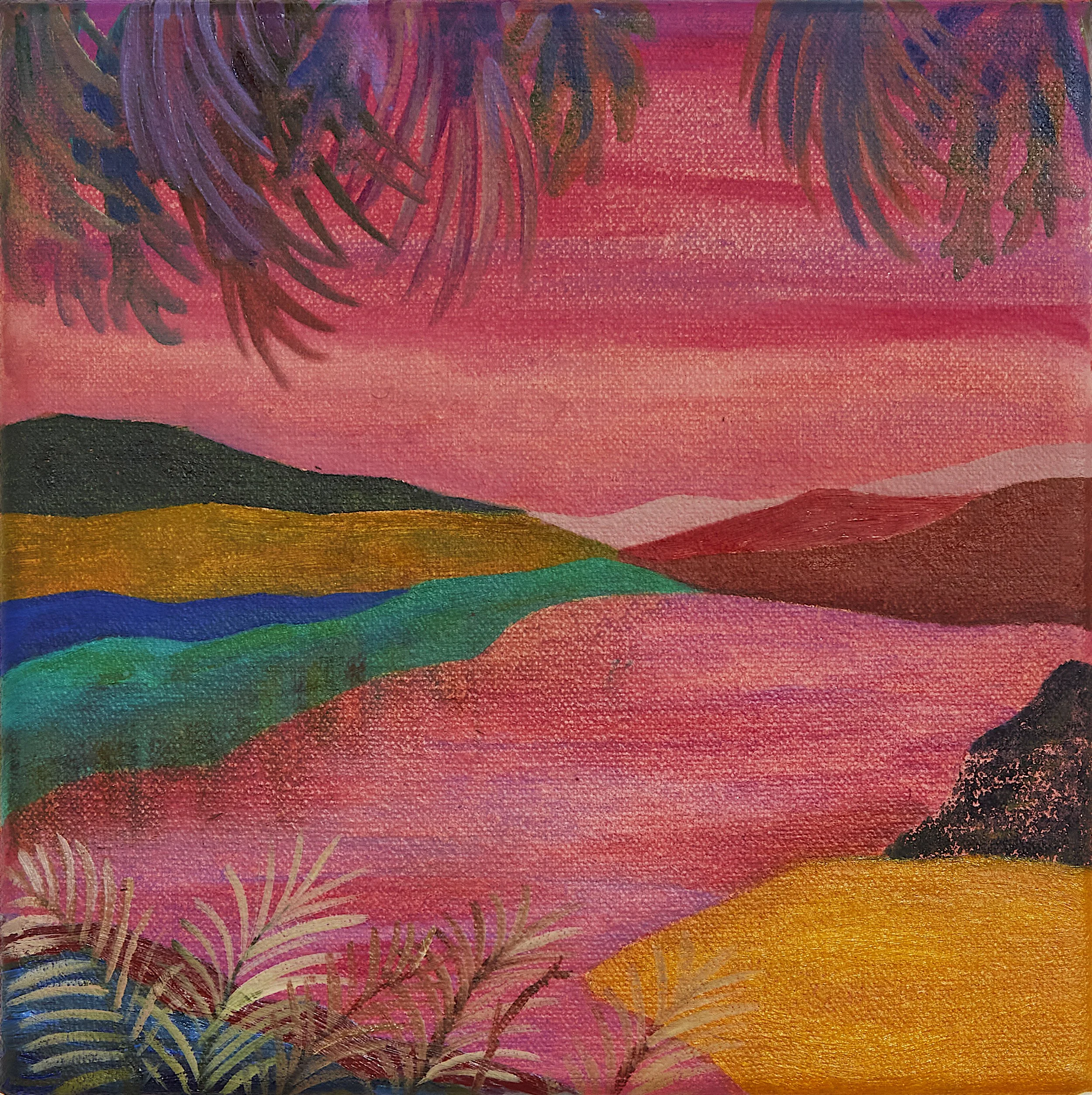SAUDADE
Charlotte Keates &
Freya Douglas-Morris
April 13th - June 5th 2022
–A sad state of intense longing for someone or something that is absent. A kind of melancholy yearning.
In 1757 British economist and philosopher, Edmund Burke, wrote a seminal piece, A Philosophical Inquiry into the Origin of Our Ideas of the Sublime and Beautiful, which sought to distinguish the two as rational areas mutually exclusive. If the latter gave emphasis to smoothness, regularity and order, the former meant wild, frightening, chaotic and thought to be the strongest of all human passions. Soon thereafter British artist and writer, William Gilpin, conceptualizes the “Picturesque” in his in 1768 treatise, Essays on Prints. This was to be the intermediary to the aforementioned (Sublime and Beautiful) and combine elements of the two. In Gilpin's words, "Picturesque composition consists in uniting in one whole a variety of parts...."
As a result the creation of “western aesthetic” as a field of study, gave little form before the 18th century, emerged and subsequently a slew of responses (perhaps most notably Kant’s Critique on Judgment) triggered visual artists of the Romantic era to embed/ encode a variety of themes and subjects (solitude, contemplativeness, divinity, awe, wonder and vastness, to name a few) into their work in order to overwhelm the viewer’s senses. This tripartite (Sublime, Picturesque and Beautiful) pact became essential to the socio-cultural construction of “wilderness-nature” with nature painting used as a powerful antidote to the ills of modern industrialization and codified into the national identity/psyche of western societies. A few notable figures that come to mind are J. M. W. Turner, John Constable and German-American painter Albert Bierstdt, associated with Hudson River School, who in fact spent considerable time in The Bahamas churning out a substantial body of tropical landscape paintings.
The works we are presented with, part and parcel, share linkages with their Romantic (and Enlightenment) ancestral brethren while being acutely aware of how they are situated within a context of contemporary abstraction, which reaches toward the future. They possess unfettered “inward stretch and outward” as they settle on material, aesthetic and thematic choices–finding connections between culture and nature, land and people, and fine tuning our ethical compass. There is a sense of wonder and transcendence.
Douglas-Morris’ works call on a database of landscape motifs/ bits and pieces of visual signs that force us to question if they are actual or imagined places and spaces–they feel all too familiar yet they cause us to negotiate the differences, or perhaps the slippages, between nostalgia and memory. We are reminded of the presence of the artist’s hand in the work: the stain, rub, wipe and drain. These surfaces are layered into a-temporal spaces given moments of non detailed solitary figures against sfumato inspired backgrounds.
Keates, on the other hand, constructs sexy, wood textured, architectonic liminal spaces that cleverly collapse the natural and man-made, and linear with non-linear. Even though the interior space remains void of physical human presence, the objects therein symbolize a smack of global tourism given our evermore increased contemporary shared economy lifestyles and our insatiable desires for unique travel experiences.
The notion of fear, emptiness, and intense longing have proven to be perennial issues to18th century artists, as they were for them, they are for today’s creatives given all we are grappling with–pandemics, wars, and climate change, not to mention complex technologies such as artificial intelligence and the metaverse. Saudade merely seeks to center humanity in a continuously uncertain and ambiguous world.
— Michael Edwards
Charlotte Keates Gentle Waves Beneath The Surface, 2022 Oil bar and acrylic on clay bar 8" x 10"
Charlotte Keates The End Is Built Into The Beginning, 2022 Oil bar and acrylic on panel 20" x 24"
Charlotte Keates If I Write It Down It Will Last Forever, 2022 Oil bar and acrylic on clay board 12" x 16"
Charlotte Keates Changing Rhythms, 2022 Acrylic and oil on board 39" x 47"
Charlotte Keates In Candy Colored Reveries, 2022 Oil bar an acrylic on clay board 16" x 20"
Charlotte Keates Leaving Time Behind, 2022 Acrylic and oil on board 8" x 10"
Charlotte Keates The Echo Is There, 2022 Oil bar and acrylic on panel 63" x 47"
Charlotte Keates The Echo Is There, 2022 Acrylic and oil on board 8" x 10"
Freya Douglas-Morris Siren, 2022 Oil on canvas 75" x 39"
Freya Douglas-Morris Legend, 2022 Oil on canvas 55" x 41"
Freya Douglas-Morris The Soil Beneath Our Feet, 2022 Oil on canvas 35" x 26"
Freya Douglas-Morris Golden Hour, 2021 Oil on canvas 17" x 13"
Freya Douglas-Morris Journey, 2021 Oil on canvas 16" x 12"
Freya Douglas-Morris Peace, 2022 Oil on canvas 8" x 8"
Freya Douglas-Morris Reflection, A Pairing of Two Halves, 2022 Oil on canvas 8" x 8"
Freya Douglas-Morris Galloping In, 2022 Oil on canvas 8" x 8"







